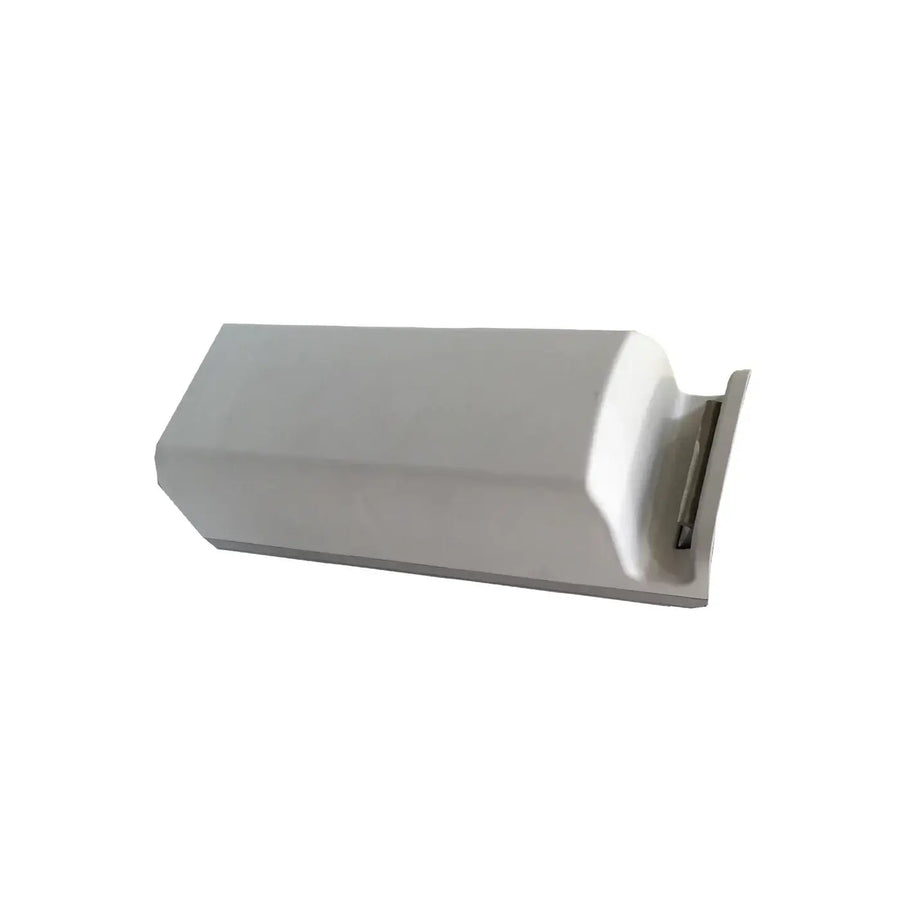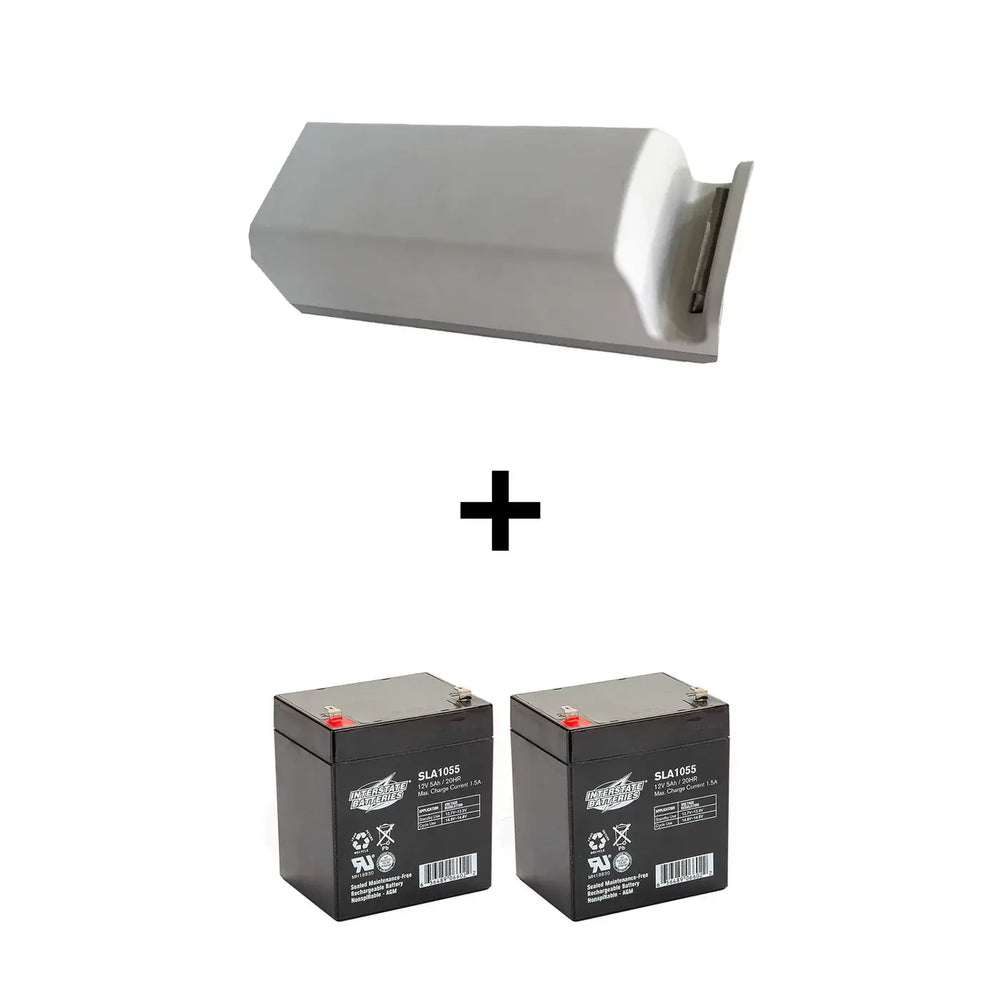Why Do You Need 2 People to Operate the Hoyer Lift?
You need two people to operate a Hoyer lift for safety and efficiency during patient transfers. One person guarantees proper setup and management of the lift, while the second supports the patient and monitors their comfort. Teamwork minimizes the risk of injury to caregivers and enhances stability during the transfer. Effective communication between operators allows for better coordination. To learn how to effectively implement these practices, there's more to explore on this topic.

The Importance of Safety in Patient Transfers
Ensuring safety during patient transfers is essential, as improper techniques can lead to injuries for both the caregiver and the individual being assisted. You need to prioritize patient safety by using correct transfer methods.
Always assess the situation before starting a transfer. Make sure the Hoyer lift is stable and properly assembled, and that both you and your partner are ready. Communicate clearly with the patient, explaining each step to ease any discomfort or worry.
A key part of safe transfers is using the right sling. A Hoyer lift sling that fits well and offers strong support can reduce the risk of slipping or poor posture during the lift. This small step can make a big difference in preventing accidents.
Lastly, having a second person assist with the transfer adds another layer of safety and control throughout the process.
Reducing the Risk of Injury to Caregivers
When using a Hoyer lift, it's essential to take into account how you can share the physical strain with your team.
Implementing enhanced safety measures not only protects your patients but also minimizes the risk of injury to you and your fellow caregivers.
Shared Physical Strain
While caring for individuals with limited mobility, it's essential to take into account the physical strain placed on caregivers.
Using a Hoyer lift requires shared responsibility between two operators, which considerably reduces individual strain. When you work together, you can distribute the physical demands of lifting and maneuvering the equipment, minimizing the risk of injury.
Teamwork dynamics enhance efficiency, allowing caregivers to communicate effectively and react quickly to any unexpected challenges. This collaboration not only protects you from overexertion but also promotes a supportive environment for the person being lifted.
Enhanced Safety Measures
Working collaboratively not only lessens physical strain but also enhances safety measures for caregivers using a Hoyer lift. When you have a partner, you can guarantee proper positioning, which considerably reduces the risk of injury.
Using an enhanced grip on the lift's handles allows for better control during transfers. Additionally, securing the individual in a safety harness prevents unexpected slips or falls, protecting both the caregiver and the person being lifted.
This teamwork fosters a safer environment, allowing you to focus on the task without unnecessary worry. By implementing these safety measures, you not only safeguard yourself but also guarantee a smoother, more efficient lifting process.
Enhancing Patient Comfort and Security
When using a Hoyer lift, your focus should be on making the patient feel secure and comfortable.
Improved stability and control during the transfer process can greatly enhance their experience.
Additionally, clear communication and coordination with the patient can help ease their anxiety and build trust.
Improved Stability and Control
Stability and control are essential for ensuring patient comfort and security during Hoyer lift operations. When you have two operators, you can effectively implement stability techniques that minimize the risk of sudden movements.
One person can focus on securing the lift while the other manages the patient, ensuring they're properly positioned and comfortable. By using control measures, like adjusting the lift's height and angle, you enhance the patient's sense of safety throughout the transfer process.
This teamwork allows you to respond quickly to any unexpected changes, further boosting stability. Ultimately, having two people working together not only makes the operation smoother but also reinforces the patient's confidence, leading to a more comfortable and secure experience during lifting and transferring.
Enhanced Communication and Coordination
Effective communication and coordination between operators can greatly enhance patient comfort and security during a Hoyer lift operation.
Here are key strategies to improve communication:
-
Establish clear instructions: Before starting, discuss the plan step-by-step.
-
Use hand signals: Develop non-verbal cues to maintain silent communication, especially in noisy environments.
-
Check-in regularly: Pause to confirm the patient's comfort and safety throughout the lift.
-
Provide reassurance: Verbally support and comfort the patient, letting them know what's happening.
Coordinating Movements for Effective Transfers
When using a Hoyer lift, coordinating your movements is essential for safe and effective transfers.
Effective transfers depend on synchronizing lifting techniques, ensuring that both the caregiver and the user move in harmony. When you coordinate your movements, you create a smoother transfer experience that minimizes discomfort for the user.
Start by establishing clear communication with your partner, and discussing the timing of your actions. As you prepare to lift, focus on synchronized movements—this means both of you should lift at the same time and angle.
By aligning your lifting techniques, you reduce the chances of sudden shifts that can lead to instability. Remember, maintaining a steady rhythm throughout the process promotes safety and efficiency.
Practice these techniques regularly, and you'll find that effective transfers become more intuitive and comfortable for everyone involved.
To minimize the risk of injury during transfers, it's vital to coordinate your movements with your partner. Effective teamwork is essential for injury prevention and enhances teamwork efficiency.
Follow these steps to guarantee a safe transfer:
-
Communicate Clearly: Discuss your plan before starting to avoid confusion.
-
Count Together: Synchronize your movements by counting down to lift simultaneously.
-
Maintain Proper Posture: Keep your back straight and use your legs to lift, reducing strain on your body.
-
Monitor the Patient: Keep an eye on the individual being transferred to confirm their comfort and safety throughout the process.
Real-Life Scenarios Highlighting the Need for Two Operators
Understanding the importance of having two operators during Hoyer lift transfers can greatly enhance safety and efficiency.
Real-life scenarios illustrate this necessity through various patient experiences:
-
Emergency Situations: In case of unexpected medical emergencies, one operator can stabilize the patient while the other calls for help.
-
Weight Distribution: Managing a patient's weight during transfers requires coordination; two operators guarantee balanced lifting and reduce the risk of injury.
-
Communication: Clear communication between operators is vital. One can provide verbal cues, while the other focuses on the lift mechanics.
-
Equipment Malfunction: If the lift malfunctions, having an extra pair of hands can swiftly address the issue, assuring the patient's safety.
These scenarios underscore the importance of teamwork in Hoyer lift operations.






